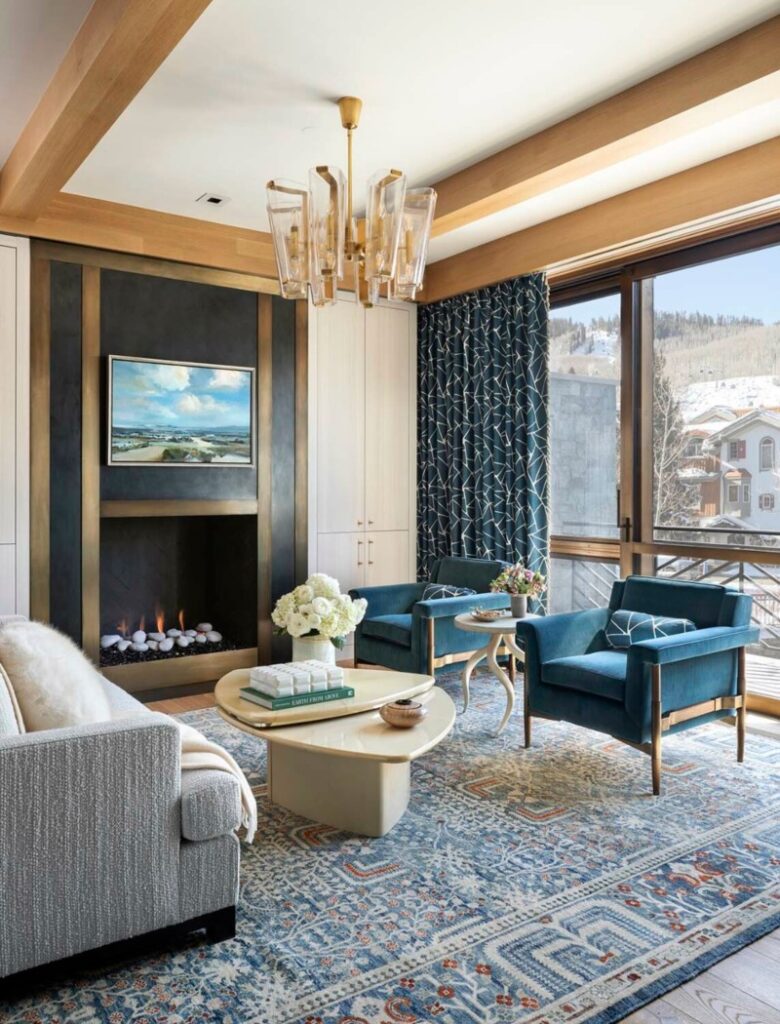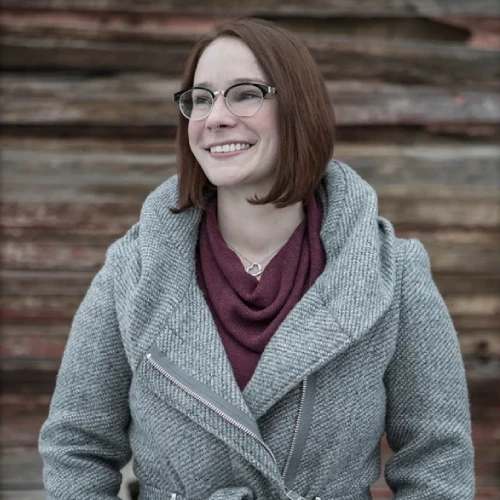Are you considering homeownership? This guide explores two prominent options in residential architecture: condos and townhomes. We’ll uncover their unique features, from architectural styles to ownership structures, privacy levels, amenities, and homeowner association involvement. Whether you’re drawn to a vibrant community atmosphere with abundant amenities or prioritize privacy and personal space, this analysis will empower you to make a well-informed decision for your dream dwelling.
What Is a Condo?

A condo, short for condominium, involves owning the interior living space of a unit within a larger building or complex. The exterior, land, and common areas like lobbies, pools, and gyms are co-owned and maintained by a homeowners’ association (HOA), which charges quarterly or monthly fees. Condos often attract those who prefer low-maintenance living since the HOA handles most exterior upkeep and amenities. Think of it as owning an apartment within a community.
What Is a Townhome?
A townhome, rowhouse, or townhouse typically involves owning both the interior and exterior of a multi-level property, including the land it sits on. Condos and townhomes often share walls with neighboring units, but townhomes offer more independence and privacy since owners are responsible for their property’s exterior maintenance and sometimes the surrounding land. Townhomes typically have an HOA, which provides residents with valuable amenities such as tennis courts, community spaces, and gyms, along with essential services like snow removal and upkeep of common landscaping. Townhomes appeal to those wanting a blend of community living and homeownership responsibilities. It’s like owning a piece of the pie, not just a slice.
Key Differences Between Condos and Townhomes
Architectural Style and Layout
Distinctive architectural style and layout set condos and townhomes apart, making them suitable for different lifestyles and preferences. Condominiums, or condos, typically resemble apartments in their composition, often stacked within multi-story buildings. These buildings feature shared walls and common areas, creating a community-like environment. The exteriors and interiors of condos usually follow uniform layouts, and the property management is responsible for maintaining shared amenities, including swimming pools, fitness centers, recreation rooms, and landscaped gardens. While some condo developments incorporate sustainable building practices such as energy-efficient appliances and low-flow plumbing fixtures, these features are less common than in townhomes. Such features make condos appealing to individuals who prefer low-maintenance living and desire access to various amenities without the responsibility of upkeep.
In contrast, townhomes offer distinct architectural styles and layouts that appeal to those seeking more autonomy and space. Unlike condos, townhomes often span multiple floors and boast designs that resemble single-family homes. Each townhome unit is an individual entity, although it may share one or two walls with adjacent units. This design creates a stronger sense of independence and a residential atmosphere. Townhomes frequently include private garages and yards, which provide extra storage space and outdoor areas for relaxation or gardening. These features contribute to a greater sense of privacy and personal space, catering to families, pet owners, and anyone desiring more room than a typical condo can offer.

Ownership Structure
When you purchase a condo, you typically own only the interior of your unit, from the walls inwards. Your ownership might include the floor space, interior walls, and sometimes a balcony or patio. The external structure and common areas—such as hallways, elevators, gyms, pools, and landscaped surroundings—are owned collectively by all condo owners in the development through the condominium association. This association is responsible for the maintenance and insurance of these common areas, funded by monthly association fees paid by the owners. While this financial arrangement alleviates owners from direct responsibility for these features, the homeowners’ control over their property extends only as far as their unit boundaries. The association’s rules and bylaws typically regulate any external changes or updates.
On the other hand, owning a townhome offers a more traditional sense of property ownership, where you own both the interior and exterior of the dwelling. This includes the land on which the townhome sits, the exterior walls, the roof, and any yard (front or back) attached to the property. Townhome ownership is akin to owning a single-family home, with the added responsibility of maintaining both the interior and exterior of the unit. This responsibility can include tasks like roof repairs, yard work, and any painting or exterior modifications. While this level of ownership provides greater autonomy and flexibility in personalizing and maintaining your space, it also demands a higher degree of responsibility and sometimes a larger time commitment.
Privacy and Space
Townhomes usually offer more privacy than condos. One of the fundamental differences lies in the construction and layout. Townhomes are typically multi-level properties, with individual entrances separate from those of the neighbors. Owners don’t share as many walls with neighbors; this architectural feature often results in enhanced sound insulation and reduced noise pollution. Additionally, many townhomes come with a private yard or garden space—something that is less common in condo developments. These features provide a greater sense of autonomy and privacy, making townhomes an attractive option for those who value these elements.
On the other hand, condos often foster a more communal living experience due to their architectural design. They are typically part of a larger building where units are arranged in a stacked formation, meaning neighbors can reside above, below, and next to each other. This can create a strong sense of community as residents frequently cross paths in shared amenities such as lobbies, gyms, and pools. Many people appreciate the social opportunities that condos present, as they can easily mingle with neighbors and participate in community events organized by the condo association. If you thrive in social environments and enjoy building connections with those living nearby, a condo can be a fulfilling option.

Amenities and Services
Condos often take the cake when it comes to amenities. They frequently come with swimming pools, gyms, and lounges. The condo association maintains these perks. Condo owners can design their interiors, but the building typically manages shared equipment, like a centralized steam plant that distributes heat to radiators in each unit, maintaining these systems for reliable operation. Townhomes sometimes offer these amenities, especially in planned communities, but it’s less common. So, if having many services at your fingertips sounds appealing, a condo could be the way to go. For those who cherish autonomy over their property, a townhome would suit them better.
Homeowners Association Fees
HOA fees are part of the package for condos and townhomes, but they play out differently. Condos usually have higher fees since they cover extensive amenities and shared space maintenance. Townhome HOA fees can be lower and often cover fewer services, leaving more maintenance responsibilities to the owner.
Rules and Regulations
The condo association must enforce extensive rules to maintain harmony and order among residents. These rules often encompass noise regulations, pet policies, and restrictions on modifications to individual units. The shared amenities like pools, gyms, and communal areas also necessitate stringent guidelines to ensure they are used responsibly and maintained properly.
On the other hand, townhomes usually provide residents with more personal space and direct access to the outdoors. A townhome might have a small yard, garage, or driveway, giving it a different feel than a condo. Consequently, the rules within a townhome community can sometimes be less restrictive. For instance, owners often have more freedom to make exterior changes to their properties, such as painting, landscaping, or installing structures like sheds or fences. However, it’s essential to note that the leniency of these rules can vary widely depending on the community’s specific homeowner association. Some townhome HOAs can be just as strict as those for condos, especially in communities emphasizing uniformity and property aesthetics.
Conclusion
Choosing between a condo and a townhome depends on individual needs and preferences. Townhomes generally offer more privacy and space, making them ideal for those who value personal areas. On the other hand, Condos often come with a range of amenities the association maintains, appealing to those who prefer convenience.
Considering homeowner association fees and rules is crucial as they can significantly impact the overall living experience. By understanding these fundamental differences, potential buyers can make more informed decisions that align with their lifestyle, budget, and long-term goals.













